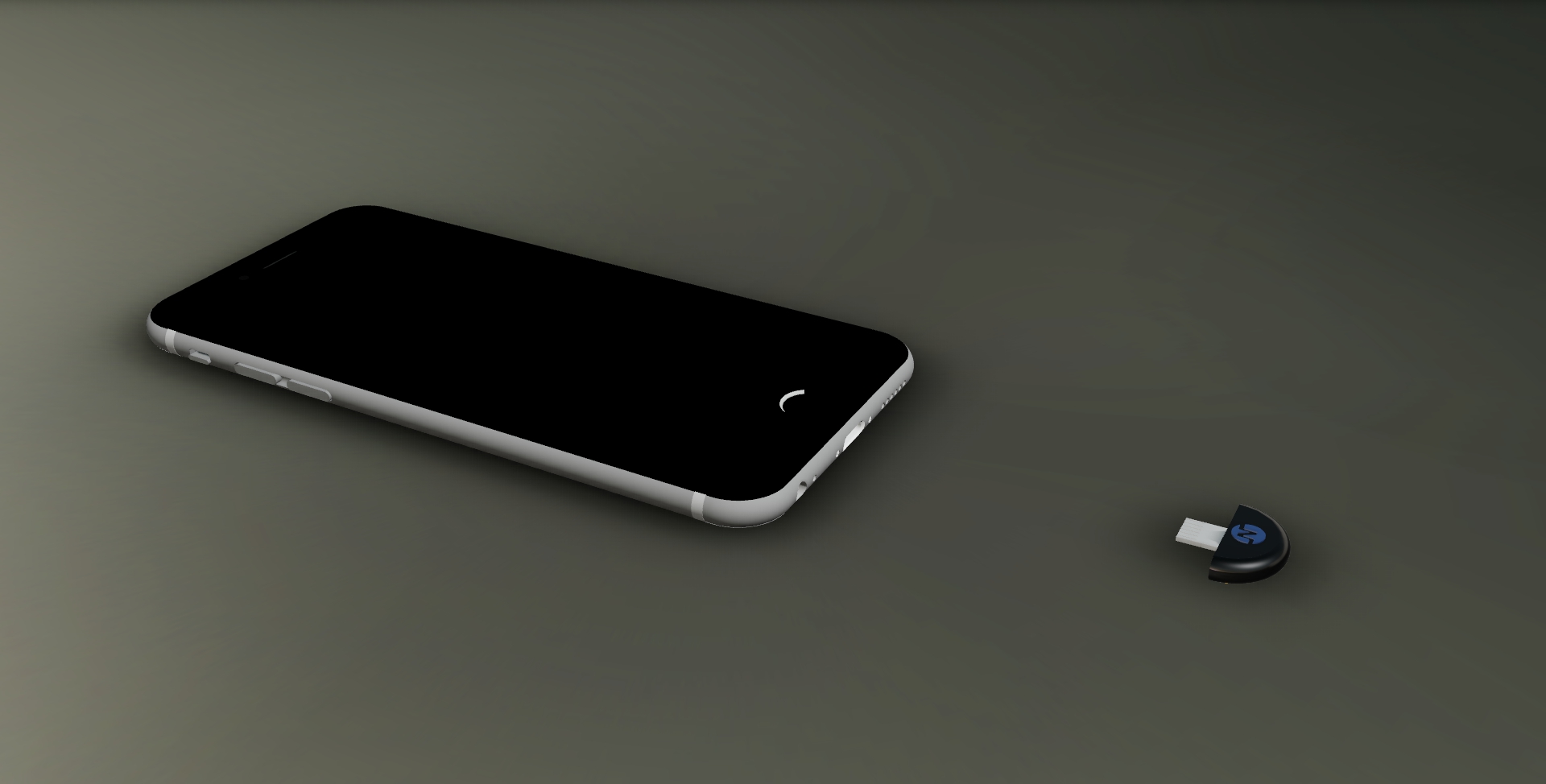New smartphone tech can scan your meals for calorie count
Health-nuts and calorie counters may soon have a new way to monitor their daily intake.
A team of electrical engineers from the University of Washington have developed a smartphone app called NutriRay3D which allows people to point their phone at a plate of food and receive an accurate count of the total calories and nutrition.

“If you’re trying to lose weight, there are a lot of cell phone applications out there but you still have to measure or somehow guesstimate how much you’re eating,” said Sep Makhsous, UW electrical engineering doctoral student. “What we’re doing is removing the tedious work people are doing and automating one of biggest roadblocks to accurate calorie counts.”
The engineers employed laser-based 3D reconstruction techniques in the development of the NutriRay3D device so that it could calculate the caloric content of 9,000 different types of food. In initial studies, it estimated nutritional content with between 87.5% and 91% accuracy.
How it works
The NurtiRay3D laser accessory connects to your smartphone to project a grid of dots onto a plate or bowl and then precisely calculates the volume of food. From those measurements, the app estimates the nutritional content of the food.

The accompanying app then crosschecks those measurements against a database of foods to calculates the calories, sugars, protein, fats, vitamins and other nutritional content on the plate. The NutriRay3D app can identify basic foods like bananas, spaghetti, or oatmeal, all on its own, but for more complicated meals, users can either verbally indicate the food to the phone or manually type the details.
Currently, the prototype is complete, functional, and has completed engineering validation testing, but the team’s next step is to expand the technology to all mobile devices in the market (windows, android, iOS) and create an automated calibration system accessible for different-level users. The team plans to optimize the application software, as well as design customized cases for phones and the scanner device.
In order to accomplish these goals, the engineers started up a company and launched the NutriRay3D scanner on Indiegogo where they hope to raise $50,000 to further develop the device and get it to market before the end of the year.
Story via University of Washington.


Comments are closed, but trackbacks and pingbacks are open.